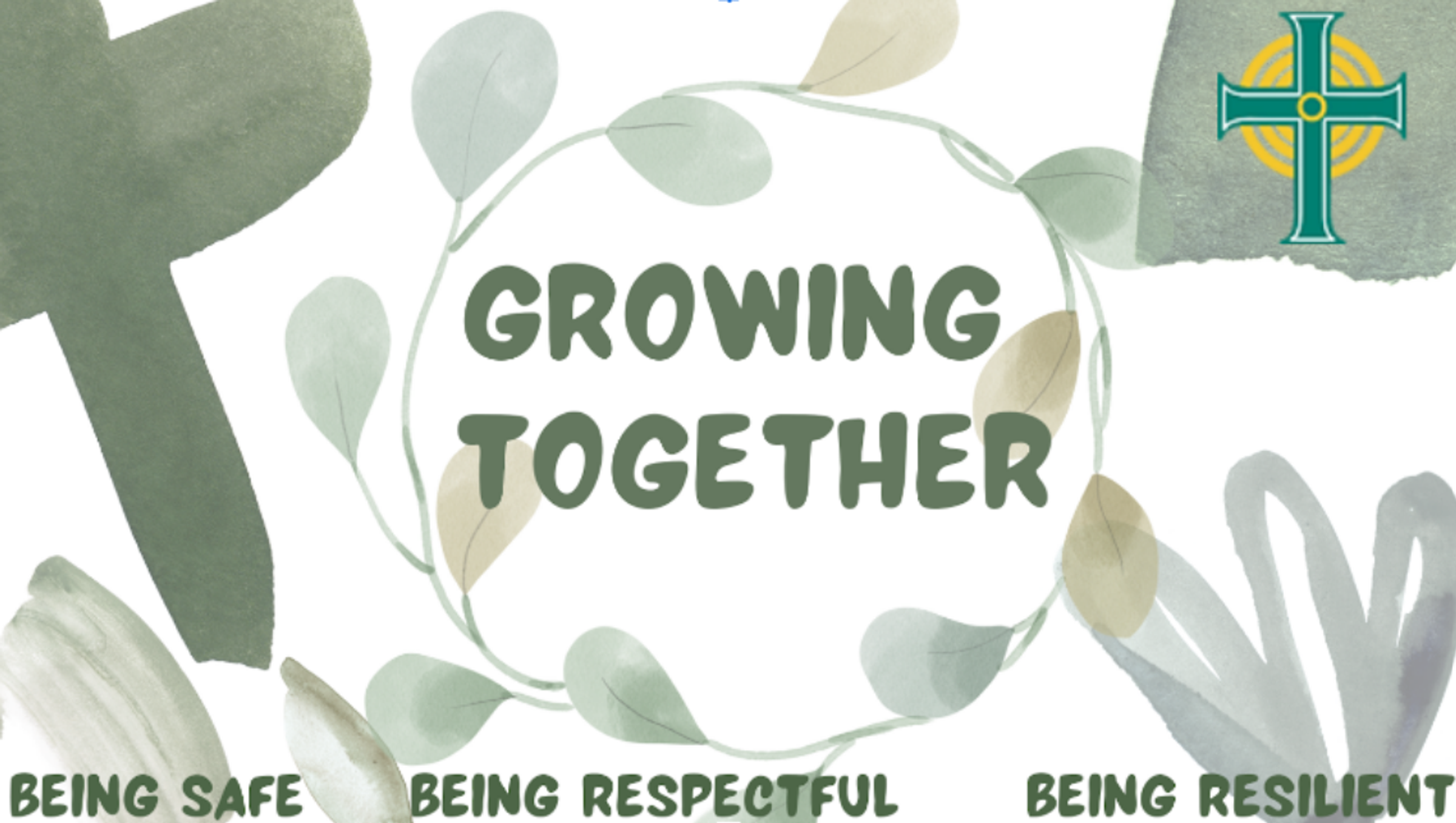Wellbeing

RRRR Program – Topic 6: Help Seeking
Supporting Children to Know When and How to Ask for Help
This term our students will be participating in wellbeing learning opportunities in their classroom about Topic 6 from the Resilience, Rights and Respectful Relationships program. During these lessons students explore the importance of asking for help — a vital life skill that supports emotional wellbeing, resilience, and personal safety. Children are encouraged to identify trusted adults, recognise when a problem is too big to handle alone, and develop confidence to speak up and seek support when needed.
Here’s a brief look at how the topic is explored at each year level:
Foundation (Prep)
Students learn that everyone needs help sometimes. They begin identifying situations where they might need help (e.g. feeling sad, getting hurt, being confused) and learn who their trusted adults are at school, at home, and in the community. Stories, puppets and visual tools are often used to support their understanding.
Key Idea: It’s okay to ask for help. Trusted adults keep us safe.
Year 1 & 2
Students begin to explore the difference between small problems they can solve themselves and bigger problems that need adult help. They practise using clear words to ask for help and understand that telling someone about a problem is not “dobbing” — it’s about keeping people safe and looking after each other.
Key Idea: Some problems are too big to solve alone. Asking for help is brave and important.
Year 3 & 4
Children in these years build their skills in recognising personal emotions and identifying when a situation feels unsafe or overwhelming. They learn how to persist in help-seeking — even if they don’t get the response they need the first time — and are encouraged to keep speaking up until they feel safe and supported.
Key Idea: We may need to ask more than once — keep asking until you get the help you need.
Year 5 & 6
Upper primary students explore help-seeking in more complex social and emotional situations, including friendship challenges, peer pressure, and online issues. They reflect on barriers to help-seeking (e.g. feeling embarrassed or unsure) and learn practical ways to overcome these. There is a strong emphasis on building networks of support and being a helpful peer.
Key Idea: Help-seeking is a strength. We all need support at times, and no one should feel alone.
How You Can Support at Home
- Talk to your child about who they can go to for help at home and at school.
- Reassure them that no problem is too small — if it’s bothering them, it matters.
- Praise and encourage your child when they show courage in asking for help.
- Role-model help-seeking in your own life — it shows children that it’s okay to reach out.
Together, we’re helping children build the confidence to speak up, the strength to seek support, and the knowledge that they are never alone.
Take care,
Justin McFarlane
Student Wellbeing Leader
